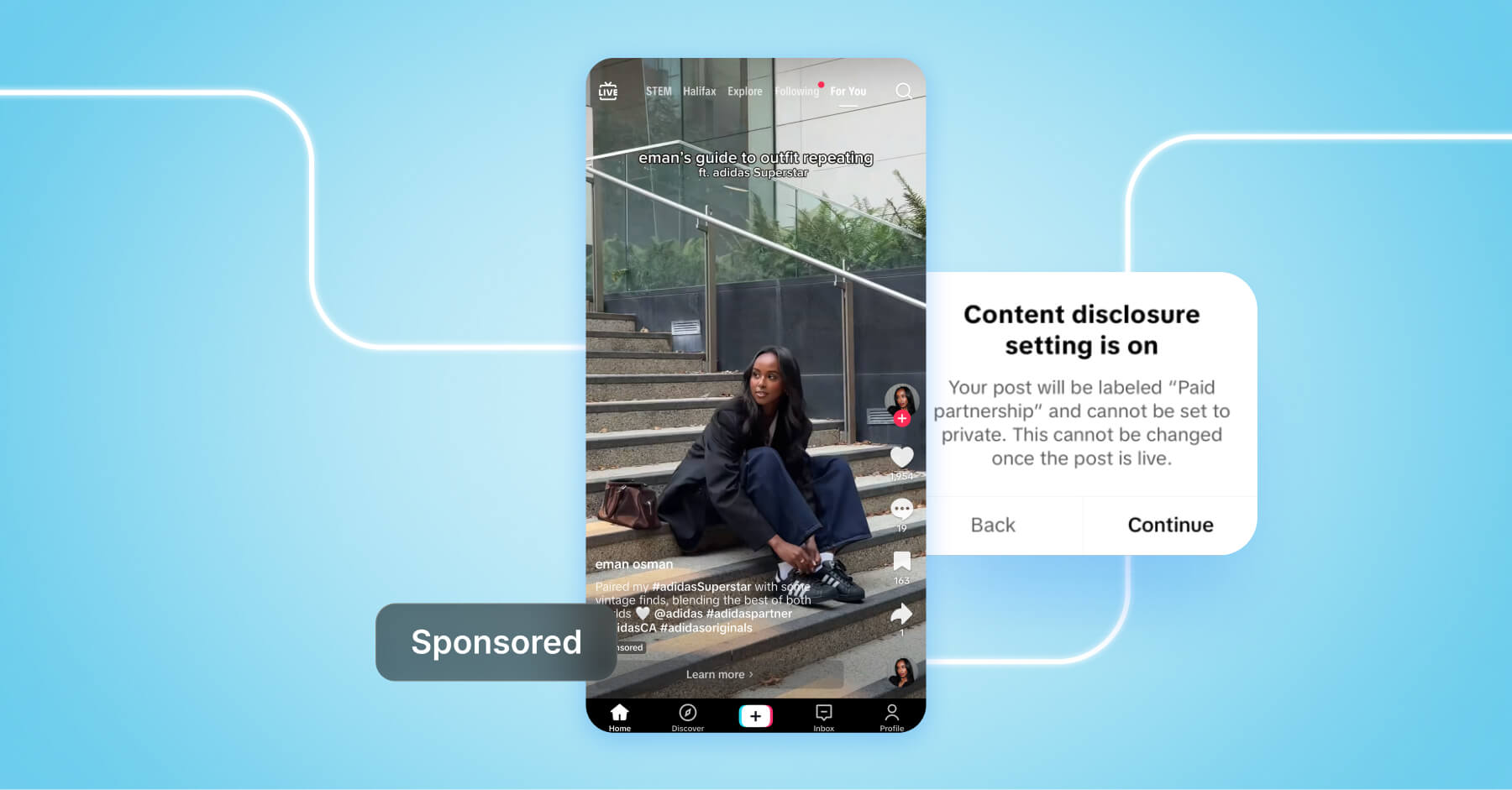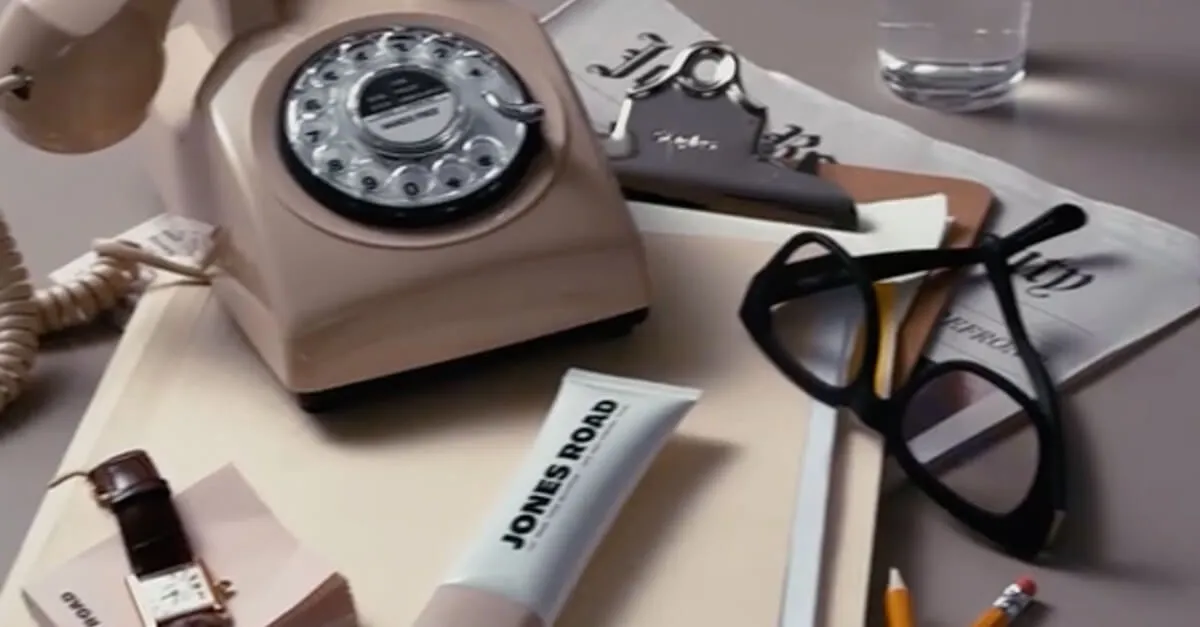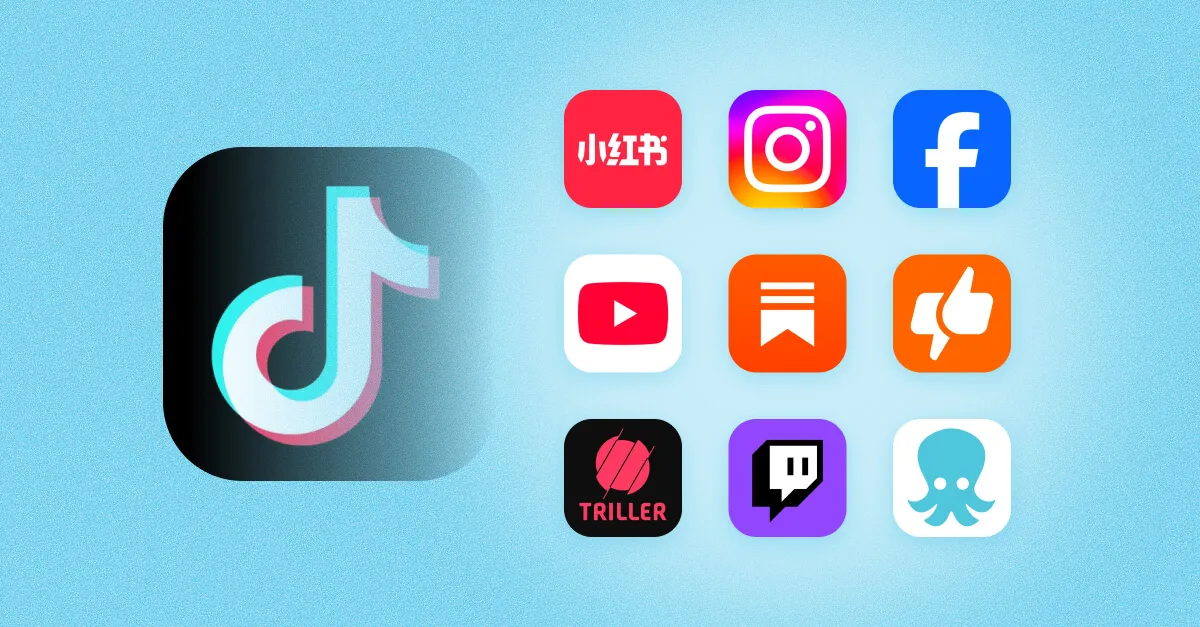What You Need To Know About TikTok Community Guidelines
Don’t let your hard work go to waste: understand the rules and regulations behind TikTok’s community guidelines.

TikTok’s community guidelines are a set of universal norms and standard codes of conduct. They provide general guidance on what is and what is not allowed on the platform to ensure TikTok continues to be a welcoming, safe, and positive experience. For brands on TikTok, adhering to these guidelines is essential to being boosted in the platform, maintaining engagement, and most importantly, making sure your content and account is a hospitable environment for your audience.
According to TikTok, community guidelines apply to everybody. It will remove any content that violates its policies, including video, audio, live stream, images, comments, links, or other text. It is also possible for the platform to temporarily or permanently ban accounts and/or users involved in severe or repeated violations. Using a combination of technology and human moderation, the guidelines are enforced proactively to identify potential content issues before it is reported. That being said, users are also welcome to use the tools provided on TikTok to report any content or account they believe violates the community guidelines.
Key Takeaways:
- TikTok’s community guidelines set the standard for what’s acceptable on the platform and apply to all users, covering everything from videos and comments to live streams and links.
- Violations like explicit or violent content, promoting illegal activity, impersonation, spam, or misinformation can lead to content removal, temporary suspensions, or permanent bans.
- Copyright and music use matter. Only post original or properly licensed material, and use sounds from TikTok’s Commercial Music Library for business content.
- Commercial content must be disclosed using TikTok’s “Content Disclosure Setting,” which applies Paid Partnership or Promotional Content tags to maintain transparency.
- Noncompliance has consequences. Missing disclosures can limit reach on the For You Feed, and repeated guideline breaches can result in permanent bans.
What Are Community Guidelines on TikTok?
TikTok’s community guidelines outline what is allowed and what is not to keep the platform inclusive and positive. In TikTok’s own words, “TikTok is building a global community where people can create and share, discover the world around them, and connect with others across the world.” To do this, community guidelines must be adhered to.”
The rules apply to everyone. TikTok may remove any content that breaks its policies, whether it is video, audio, live streams, images, comments, or links. Accounts can also face temporary or permanent bans for repeated or serious violations.
TikTok enforces these standards with a mix of technology and human moderation, spotting potential issues before they spread. Users also have tools to report content or accounts they believe go against the guidelines, adding another layer of accountability.
What Are Community Guideline Violations on TikTok?
The most obvious reason for getting your account banned from TikTok is that you are breaking the community guidelines. Anything from bullying, drugs, alcohol, nudity, or graphic content goes against TikTok's policies.
Let's take a look at some of the specific reasons you could get banned from TikTok:
Threatening Public Safety
Posting any content that encourages or advocates for committing acts of violence is against the TikTok community guidelines and could result in your account being banned.
Explicit Content
Sharing content containing sexually explicit content or nudity may result in being banned or the content being removed.
Promoting Illegal Activity
Content that promotes illegal activities, such as physical harm, exploitation, illegal trade, and breaking the law in any way, can get you banned from TikTok. This includes instructing people to commit unlawful activity and promoting drugs, alcohol, firearms, etc., which are prohibited.
Spam, Impersonation, and Misinformation
Any form of spamming or fake engagement, such as promoting counterfeit buying, selling, liking, or followers, etc., is against the community guidelines. Impersonating somebody else and sharing misinformation can also result in bans.
Blackmail
Sharing content that threatens to hack another user or release somebody else's personal information, also known as doxing, is another way to get your account banned from the platform.
Copyright Protection Rules
Publish original work or content you have the right to use. If you include third-party material, confirm it qualifies as fair use, or secure written permission, and the proper licenses if relevant. Remember, crediting a source does not replace permission. Keep clear records for every asset, including licenses and consent from creators. Fair use is limited and context-specific, and branded content rarely qualifies.
Music Usage
While there are always trending songs on TikTok, many of these are barred for commercial use. To avoid having your content removed, avoid trending TikTok sounds without approval and stick to sounds from TikTok’s Commercial Music Library that are approved for business use. TikTok updates this library often, giving brands plenty of options to stay creative. Using approved sounds also helps ensure your campaigns reach the widest possible audience without interruption.
In addition, TikTok's zero-tolerance policies, such as posting child sexual abuse material, automatically and permanently ban your account. They may also block a device to help prevent future accounts from being created.
TikTok Commercial Content Disclosure Policy
TikTok’s Commercial Content Disclosure Policy ensures authentic viewpoints and discussions on TikTok about products and services are open and honest. These guidelines help audiences understand when a piece of content is promoting a specific good or service.
To disclose a piece of content as 'commercial,' brands must use the Content Disclosure Setting when posting organically to their TikTok feed.
What Does TikTok Consider Commercial Content?
The best way to understand how TikTok defines 'commercial content' is to ask whether or not a video or photo post is marketing something specific. If the answer is yes, the 'Content Disclosure Setting' should be used.
According to TikTok, content disclosure is required when a brand is:
- Promoting its own business, product(s), or service(s)
- Posting branded content, including reviews or endorsements, and receiving any kind of incentive in exchange
How Do You Add Content Disclosure Tags?
TikTok uses content disclosure tags to show users when a piece of content is commercial in nature. These tags are automatically applied to videos when the ‘Content Disclosure Setting’ is used. There are two types of content disclosure tags: Paid Partnership and Promotional Content.
The ‘Paid Partnership’ tag is used on creator videos posted as part of a collaboration activation or influencer campaign with a brand. To best ensure that creator campaigns are compliant, it is recommended that brands use TikTok One Creator Marketplace to manage influencer campaigns, as all TikTok One projects automatically turn on the ‘Branded Content’ disclosure.
The ‘Promotional Content’ tag should be applied to any owned organic content that promotes specific products, services, or even the brand as a whole. For example, a beauty brand posting an aesthetically pleasing video showcasing a new line of lip gloss should apply the ‘Promotional Content’ tag when publishing. However, a video participating in a viral TikTok trend like the ‘nothing beats a Jet 2 holiday’ or the classic ‘mannequin challenge’ would not necessarily require commercial content disclosure.

While failure to properly disclose commercial content won’t get you banned, it can lead to a negative impact on performance. Content deemed to be missing a commercial disclosure tag could be made ineligible for the For You Feed, which significantly limits overall traffic distribution.

Talk TikTok Compliance With an Expert
Questions about TikTok Commercial Content Disclosure? We've got answers.
Schedule A CallTikTok Community Guideline FAQs
How do you appeal a content disclosure notice?
Users can appeal flagged videos directly in the TikTok app. The appeal process will be directly linked in the notification.
How long does it take for a content disclosure appeal to turn around?
Appeals are typically resolved within 24 hours of submission. Users will receive a notification of the appeal's decision (approved or rejected) within the TikTok app.
Do content disclosure tags have any impact on a video’s distribution to followers or as Spark Ads?
No, there will be no impact on a video’s delivery in its user profile or to followers, and all commercial content will be able to be run as a Spark Ad.
Why did TikTok ban me for no reason?
If TikTok bans your account or removes your content, it’s highly likely that you did something violating the TikTok community guidelines. When content is identified as violating the community guidelines, it will be automatically removed or flagged for additional review by TikTok’s Safety Team.
How long is a community guideline ban on TikTok?
If you’re facing a temporary ban, TikTok will suspend your ability to complete specific actions (upload a video, comment, send direct messages (DM), edit your profile, or start a LIVE) on the platform for 24-48 hours. After several violations, you’ll be notified that your account may be permanently banned. If the behavior persists, the account will be permanently banned from TikTok.
What content is not allowed on TikTok?
Violating content can include, but is not limited to, bullying and harassment, sexual exploitation of minors, grooming, illegal activities, blackmail, nudity, hateful behavior, impersonation, etc. TikTok lists all violating content in detail on its website.




